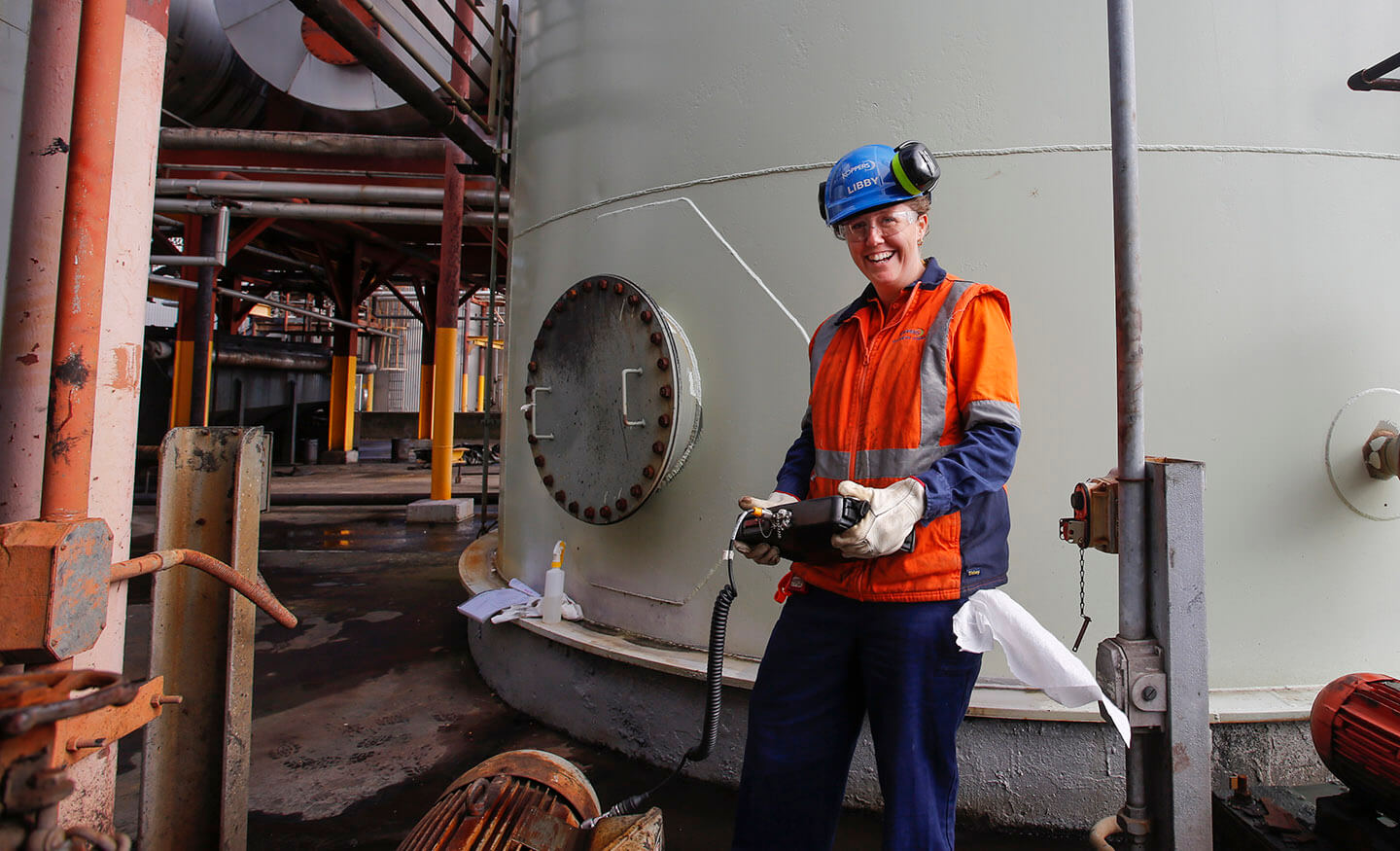Latest updates
We have released a series of guides on how to conduct a measurement and verification (M&V) process, including illustrated examples of how to apply M&V to your business. Click here to access the guides.
Implementing energy efficiency measures (EEMs) and carbon reduction projects can reduce your energy consumption without impacting your business operations.
Businesses are encouraged to undertake a measurement and verification (M&V) process to measure the savings from EEMs. Measuring and verifying your energy use is a great way to help your business improve efficiency. You can use the process for carbon reductions or any other metric you choose to measure EEMs.
You can quantify energy savings by using the measurement and verification (M&V) methods. This is done by determining what energy use would have been in the absence of the EEM and subtracting actual energy use.
Benefits of measurement and verification
Projects with a robust approach to M&V will result in higher savings than projects with little or no M&V, enabling your business to:
- determine energy savings in a way that is transparent and trustworthy
- assess cost savings as well as greenhouse gas (GHG) emission savings generated as a result of the EEMs.
To start realising the benefits of your EEMs, you need to proactively consider measurement and verification in your projects. Ongoing M&V also helps ensure long lasting energy savings for your business.
How to apply M&V methods to your business
We have developed a series of guides to help you learn more about M&V methods and how to apply M&V to your business. The ‘Guide to measurement and verification of energy efficiency projects in Australia’ (“the M&V Guide”) has been developed for NSW and Victorian government energy efficiency schemes and how they compare to the international protocols.
We are offering support to plan and install metering and monitoring systems, to help improve your energy performance. Learn more about our current offers, including how we can help your business to decarbonise and support your planning for net zero.
M&V guides
Module 1 of the ‘Guide to measurement and verification of energy efficiency projects in Australia’ is designed for readers with a non-technical background or who are not familiar with the concept of M&V. It explains the nature of an M&V process and how to ensure that energy efficiency projects deliver the desired lifetime energy, cost, and GHG savings.
Module 2 of the ‘Guide to measurement and verification of energy efficiency projects in Australia’ is targeted at energy service providers and M&V practitioners with a more technical background. It delves deeper into the technical analysis involved in the M&V process and highlights some of the common deficiencies when implementing M&V along with suggestions on how to avoid them.
The example projects are a series of real-world examples of how to use the M&V Guide to effectively implement an M&V process to determine energy, cost and GHG emission savings from energy efficiency projects. Each demonstration project also includes guidelines for determining savings and creating ESCs under the New South Wales Energy Savings Scheme (ESS).

About the M&V Guide
The “Guide to measurement and verification of energy efficiency projects in Australia” and the demonstration projects have been developed in collaboration with the NSW Department of Climate Change, Energy, the Environment and Water, the NSW Independent Pricing and Regulatory Tribunal (IPART), Victorian Essential Services Commission (ESC), and the Victorian Department of Energy, Environment and Climate Action (DEECA).
The M&V guide was designed in different modules and sections:
- Energy users should use module 1 to understand the M&V process, the value it provides, their responsibilities, and the important role they can play in ensuring the best outcome of the M&V process. It can help energy users communicate effectively with their stakeholder, including the M&V practitioners they have engaged as part of the energy savings determination process.
- Project sponsors and executive management may use section 1 of module 1 to understand the basics of the M&V process and the financial value it provides. This category of stakeholders includes anyone responsible for approving capital expenditure for projects such as energy efficiency projects.
- Energy service providers may use module 1 to understand how the M&V process can enhance the savings their projects can deliver. Energy service providers may include equipment manufacturers and installers. For further insight on the technical details of undertaking M&V, module 2 may be recommended.
- M&V practitioners should use the entire guide to better implement the M&V process for energy efficiency projects in accordance with IPMVP and the relevant local scheme requirements.
The M&V Guide is based on guidance from the International Performance Measurement and Verification Protocol (IPMVP®), but it also refers to Australian local energy efficiency schemes that rely on M&V to calculate energy savings. Specifically, it references the white certificate schemes used to create energy saving certificates (ESCs) under the New South Wales Energy Savings Scheme (ESS), and to create Victorian energy efficiency certificates (VEECs) under the Victorian Energy Upgrades (VEU) program.
Get involved
We would love to hear from industry about our M&V guides and how we can support you in your journey. To provide us with your feedback or if you have any questions, email us at [email protected].
